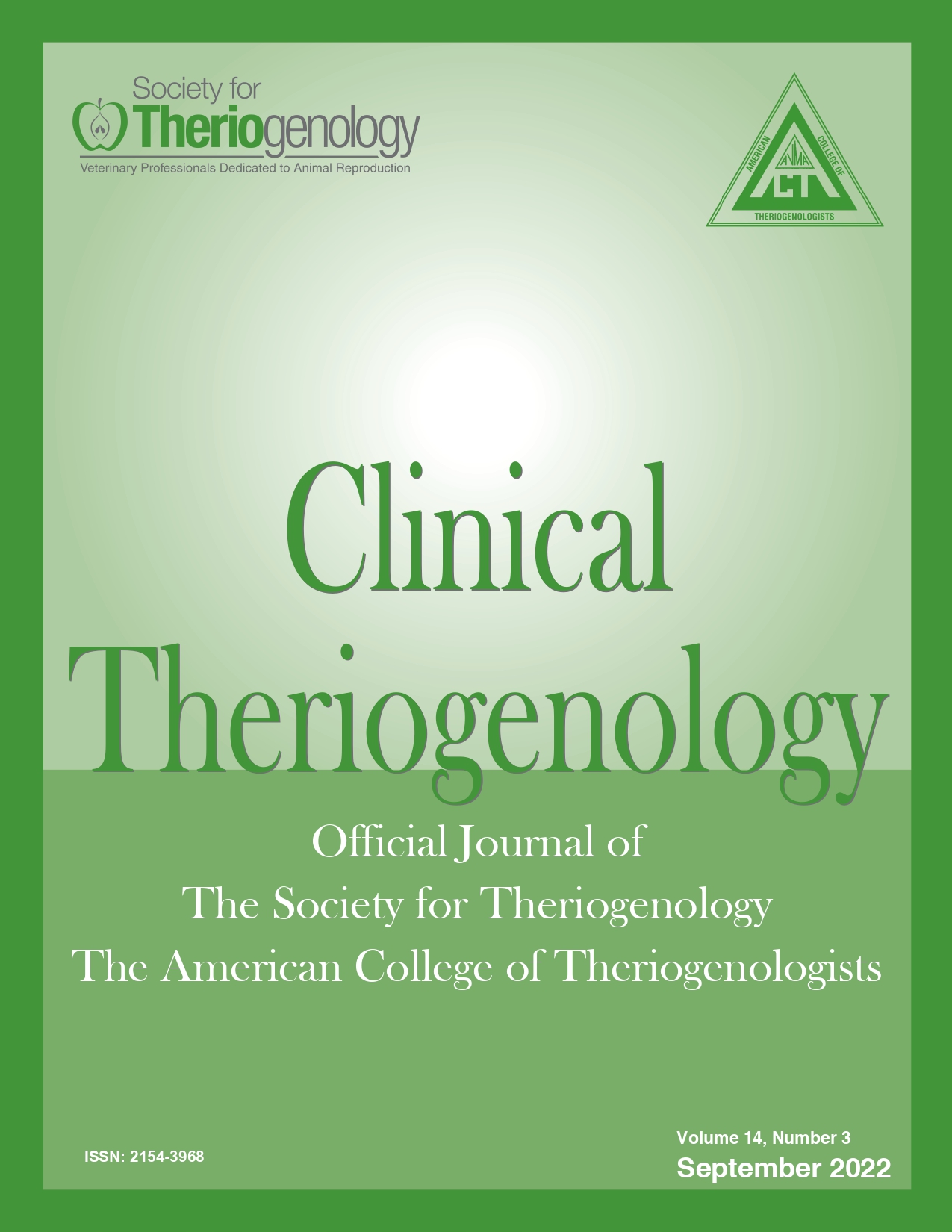Effect of endocrinopathies on fertility in the mare. Part 1:
Equine metabolic syndrome
Abstract
Obesity and insulin resistance (IR) have been associated with subfertility in the mare. There has been a substantial increase in the prevalence of overweight and obese horses in recent years (45 - 50% from 4.5% in 1998). Some of these mares, with a history of good sport performance, enter breeding programs with high expectations of embryo production or pregnancy. Without losing perspective of the reproductive problems associated with ageing and obesity, it is very important to consider metabolic problems (e.g., equine metabolic syndrome [EMS] and pituitary pars intermedia dysfunction [PPID; i.e., equine Cushing’s disease]) that may directly impact fertility. However, EMS and PPID differ widely in their pathophysiology; PPID is neurological in origin, whereas EMS is the result of overfeeding horses with high metabolic efficiency, especially during winter. Generally, EMS and PPID are associated (and often confused with each another) because they share several clinical manifestations, especially, when or if PPID has concurrent insulin dysregulation manifestations (abnormal and excessive distribution of adipose tissue, IR, laminitis, and subfertility). A large proportion of obese and IR mares continue to cycle during winter, have longer inter-ovulatory intervals, and a higher incidence of anovulatory follicles. Diagnosis of EMS requires a detailed history and physical evaluation combined with appropriate laboratory tests. Once identified, EMS should be primarily managed with a low-carbohydrate diet and a good exercise program. If necessary, medication (e.g., levothyroxine or metformin) can be used. However, there are no critical studies regarding safety or efficiency of these drugs
Downloads

This work is licensed under a Creative Commons Attribution-NonCommercial 4.0 International License.
Authors retain copyright of their work, with first publication rights granted to Clinical Theriogenology. Read more about copyright and licensing here.







